Affiliate links on Android Authority may earn us a commission. Learn more.
Calorie tracking: How to track calories with a fitness tracker
There are plenty of approaches to losing weight, including countless diets, exercise programs, and meal plans. For many people, calorie tracking is the most effective practice. Fitness trackers can help you to monitor the number of calories you consume and burn to ensure you maintain a “deficit.”
See also: The best fitness apps to get into shape and stay there
How to track calories burned in a day
In theory, losing weight is a simple equation. If you eat more calories than you burn, you will have a “surplus.” Those calories will then be stored as fat. If you burn more calories than you consume, your body will need to look for extra energy. That search leads to fat stores, which your body converts into energy.
Losing weight is a simple equation.
If you want to lose weight, all you need to (theoretically) do is calculate the number of calories you burn on a typical day and make sure to eat less than that number. However, if you haven’t ever tracked calories before, you may find the idea a little daunting. Luckily, fitness trackers can help.
How many calories do I burn in a day?
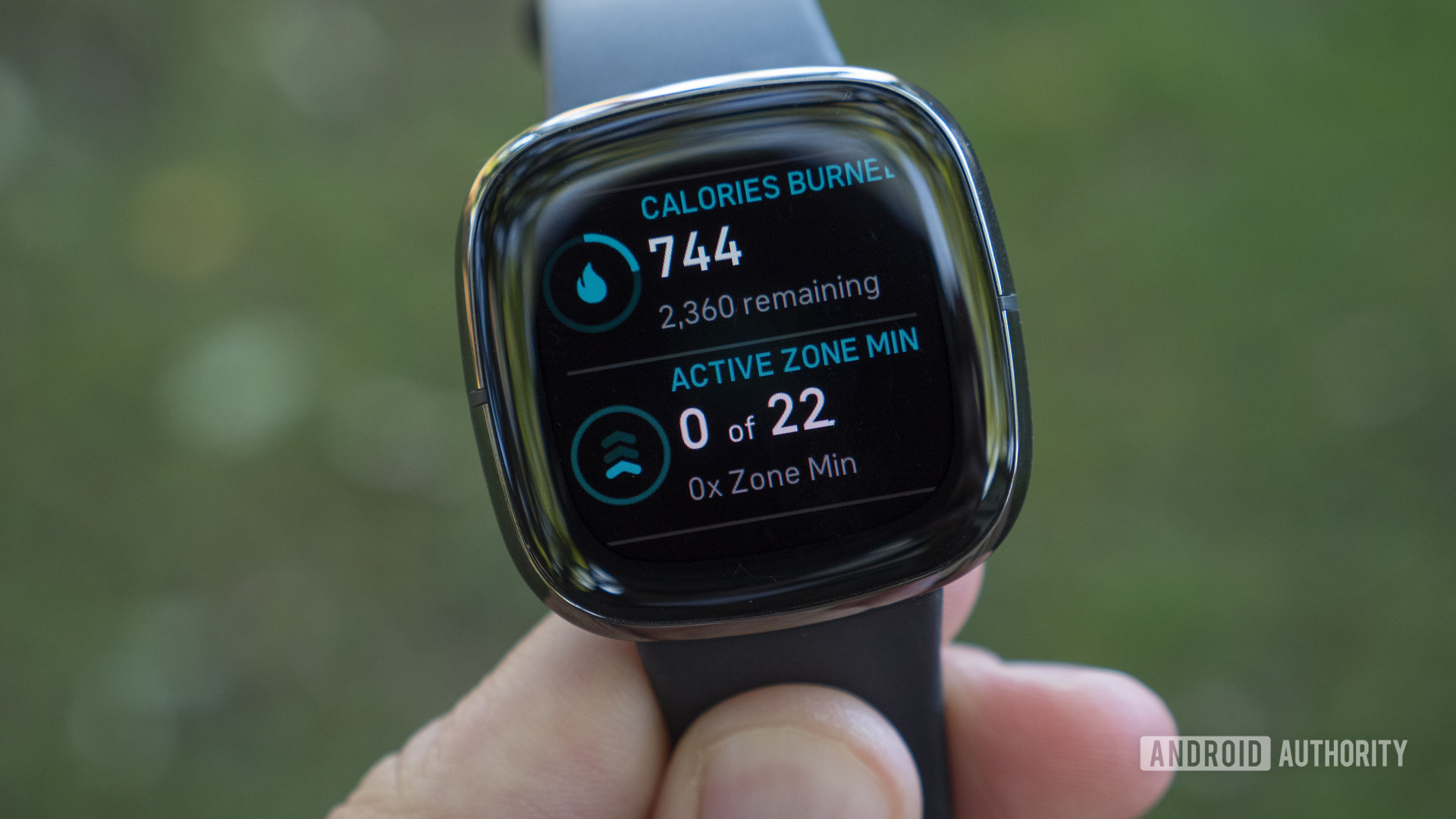
This is where things get a little complicated. There is no way to know with absolute certainty how many calories you burn on any given day but you can determine a rough estimate. One way is by working out your Active Metabolic Rate (AMR). This is your Basal Metabolic Rate (BMR), or the calories you burn at rest, multiplied by your current activity level.
Use the appropriate formula below to determine your BMR.
- Female BMR = 655.1 + (9.563 x weight in kg) + (1.850 x height in cm) – (4.676 x age)
- Male BMR = 66.47 + (13.75 x weight in kg) + (5.003 x height in cm) – (6.755 x age)
Next, determine which activity level below describes your lifestyle.
- Sedentary: 1.2
- Lightly active: 1.375
- Moderately active: 1.55
- Quite active: 1.725
- Very active: 1.9
Finally, multiply your BMR by the value best representing your current activity level to calculate your AMR.
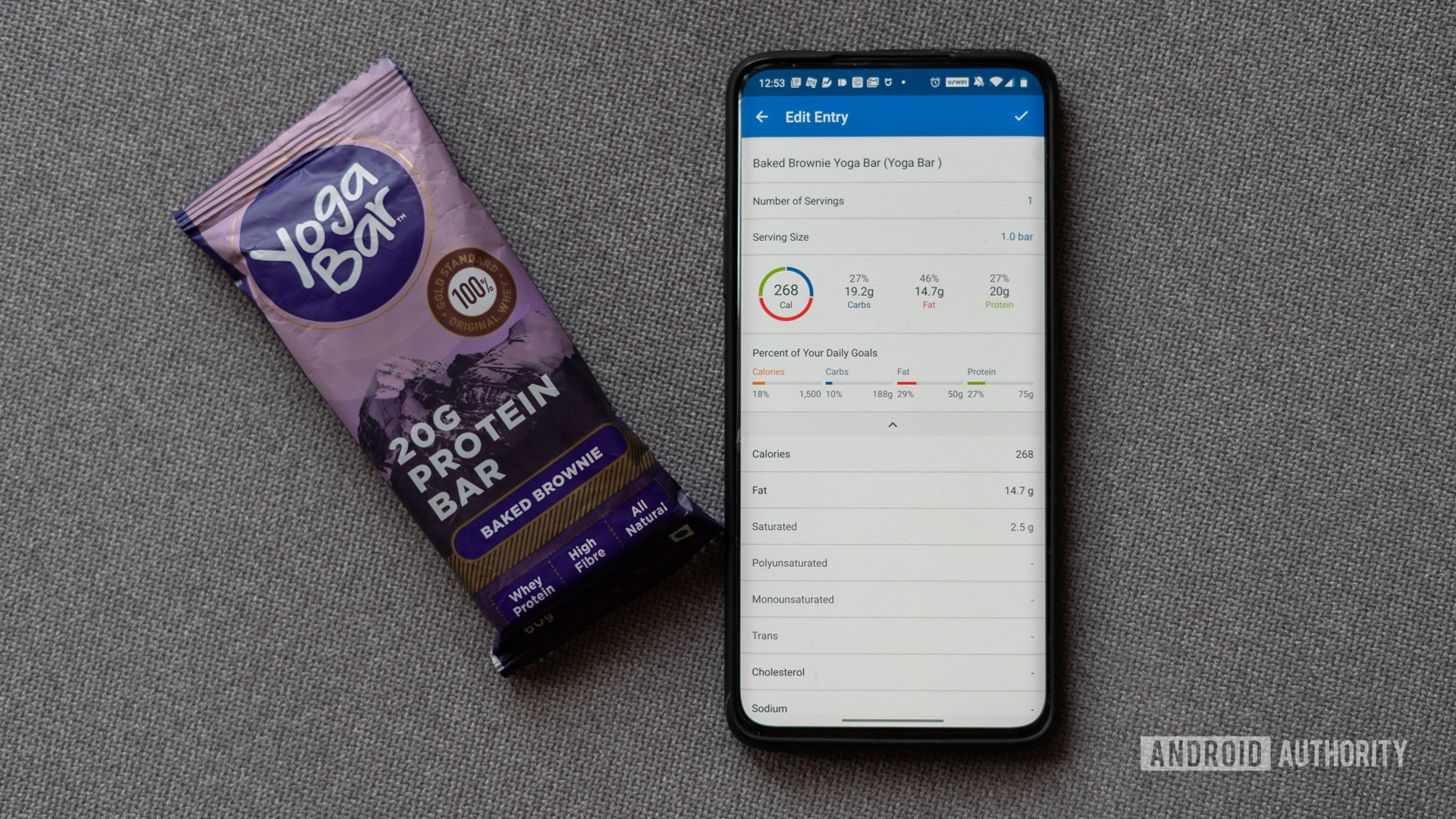
Once you know your AMR you can determine your target caloric intake. The difference between your AMR and the number of calories you eat is known as your deficit. A good deficit for most people is around 500 calories.
If you aim too much higher than that, you are likely to feel tired and weak. If you aim too much lower, your progress will be slow and potentially frustrating. Conversely, if you eat more calories than you burn, you will have what’s called a surplus. This will result in weight gain.
Most women burn roughly 1,600 to 2,400 calories per day. For most men, the answer is typically somewhere between 2,000 to 3,000 calories. However, every individual is different and it is best to calculate a closer personal estimate.
Calorie tracking with fitness trackers
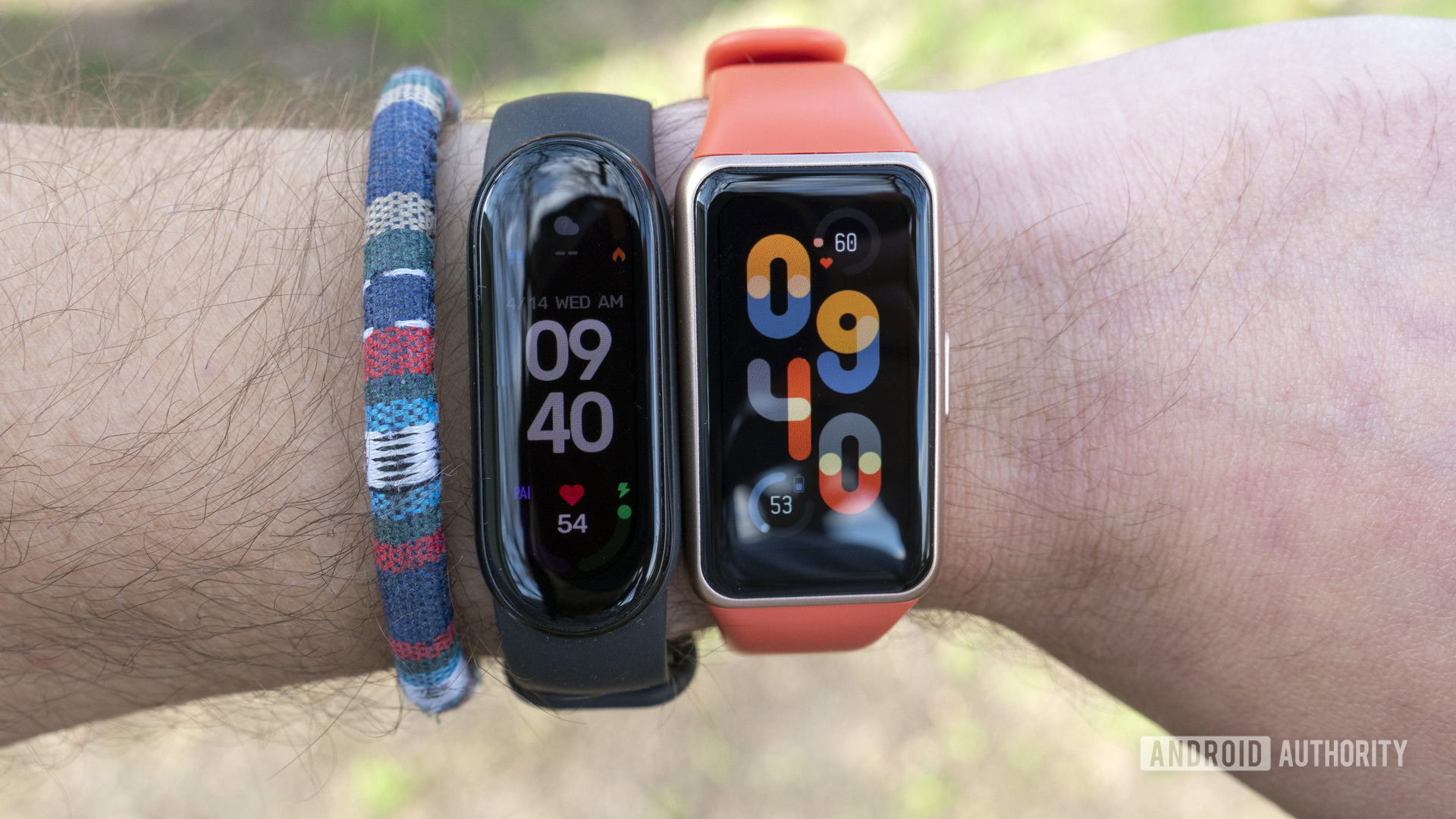
By now, you may have noticed that there are some issues here. What if, for example, you have a day where you are particularly active, and you burn a lot more calories? Or, what if you have a few sick days and you stay in bed all day? What if your activity is so varied that you can’t accurately make a prediction?
See also: The best running watches you can buy
This is where fitness trackers can come in handy. Devices from Fitbit, Garmin, Samsung, and more can actively track your activity using various sensors. This provides a much more accurate final estimate of your caloric burn.
Most devices will ask for your age, sex, weight, and height when you set them up for the first time (and you should be sure to update your weight as it changes). They will then monitor your activity levels throughout the day. Wearables can estimate the calories you burned walking, the calories you burned sitting, and the calories you burned during that impromptu play-time with the kids. Plus, your caloric burn during exercise. The result is a value that should be much more accurate than your static AMR calculated above.
How to use calorie-tracking apps
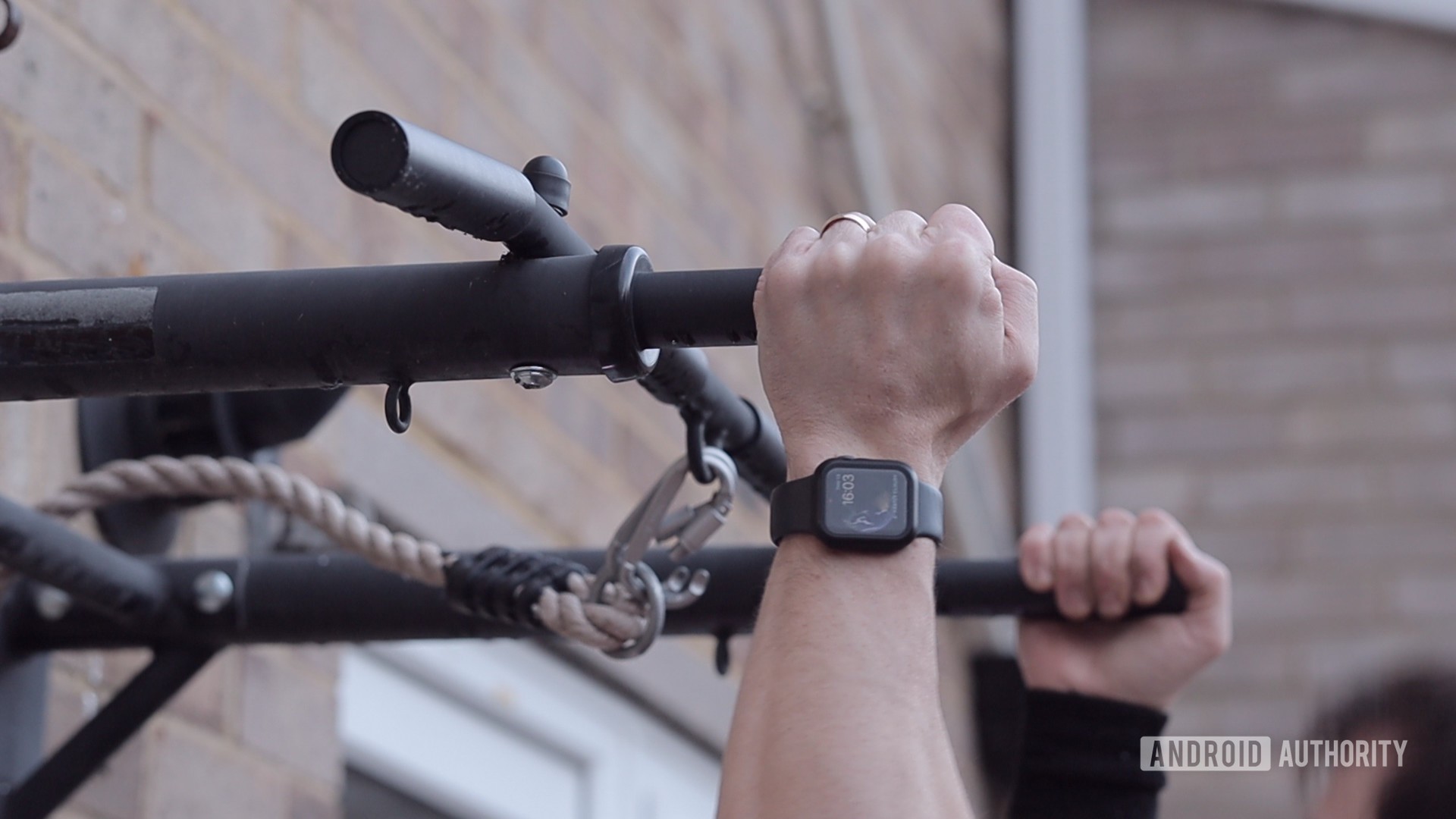
Now you know how many calories you should be burning and how to track them. The next question is how to count calories coming in. The easiest method is to use a calorie tracking app such as MyFitnessPal or Lose It!. These apps help users log food and offer time-saving features so you can count calories with much less effort. Many also integrate with fitness trackers, allowing you to see your real-time deficit or surplus.
Don’t miss: Comparing the most popular calorie-tracking apps
Most importantly, tracking apps make the busy work of calorie tracking far less time-consuming. Plus, the process of tracking food can also be eye-opening. You will quickly learn that you consume many “invisible” calories from sources such as cooking oil, butter, and beverages such as soda or specialty coffees. Cut these out of your diet, and you will immediately make progress.
Don’t forget to exercise
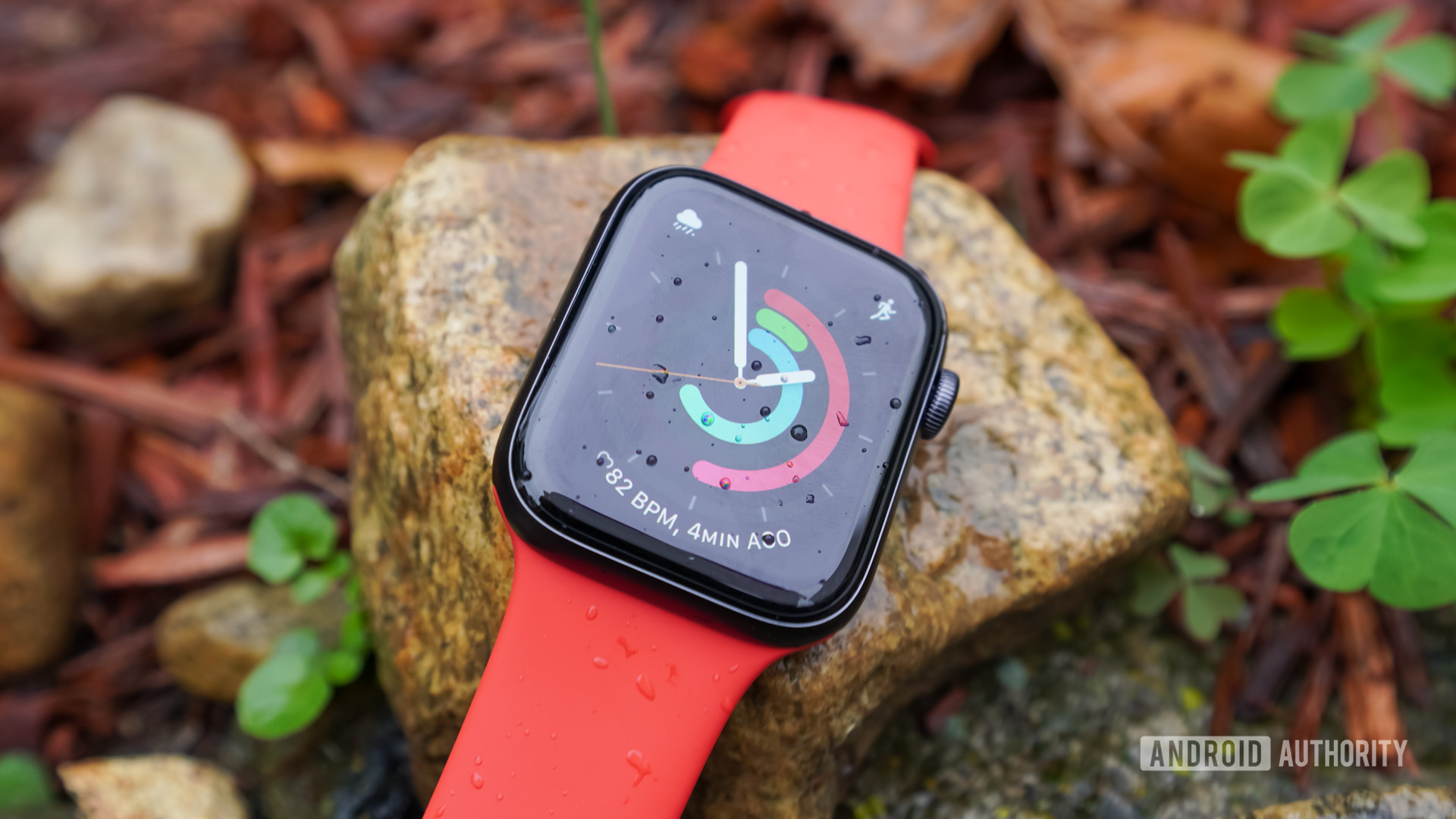
You can lose weight simply by cutting your calories, but adding exercise is highly advisable. For starters, exercise is good for your overall health, including your cardiovascular system. Exercise also allows you to eat more while staying in a deficit and accelerates your progress. When you exercise, you increase your metabolic rate so that you burn more calories even at rest. In short, you increase your BMR because muscle is more metabolically active.
Again, the key is in the dosage: find a form of exercise that you enjoy and can stick with consistently. You don’t need to go to the gym or perform intense HIIT sessions: you can do something fun and simple, like going for runs or walking your pet daily.

In fact, calories burned while walking account for a lot of energy expenditure during the day. You may notice that your tracker provides two numbers after a walk: your total calorie burn and your active calorie burn. What does this mean? The active calories are what you burned by moving, whereas the total calorie count includes your BMR.
For example, your calories burned walking a mile might be somewhere in the region of 120. However, seeing as you would typically burn about 20 calories in the 15 minutes it took you, only 100 of those calories were active calories. This is useful to keep in mind if you want to know how to track calories accurately.
Why calorie tracking doesn’t work for everyone
Calorie tracking is a great way to lose weight, and it’s always the first place to start if you’re looking for predictable results. However, this method doesn’t work for everyone. For some, it can become tedious or even stressful.
A very passionate crowd of people will tell you that calorie tracking is simple math: the law of conservation. They say that if you aren’t losing weight with this method, you simply aren’t trying hard enough. I find this attitude to be unhelpful and unsympathetic.
Things that affect calories burned in a day
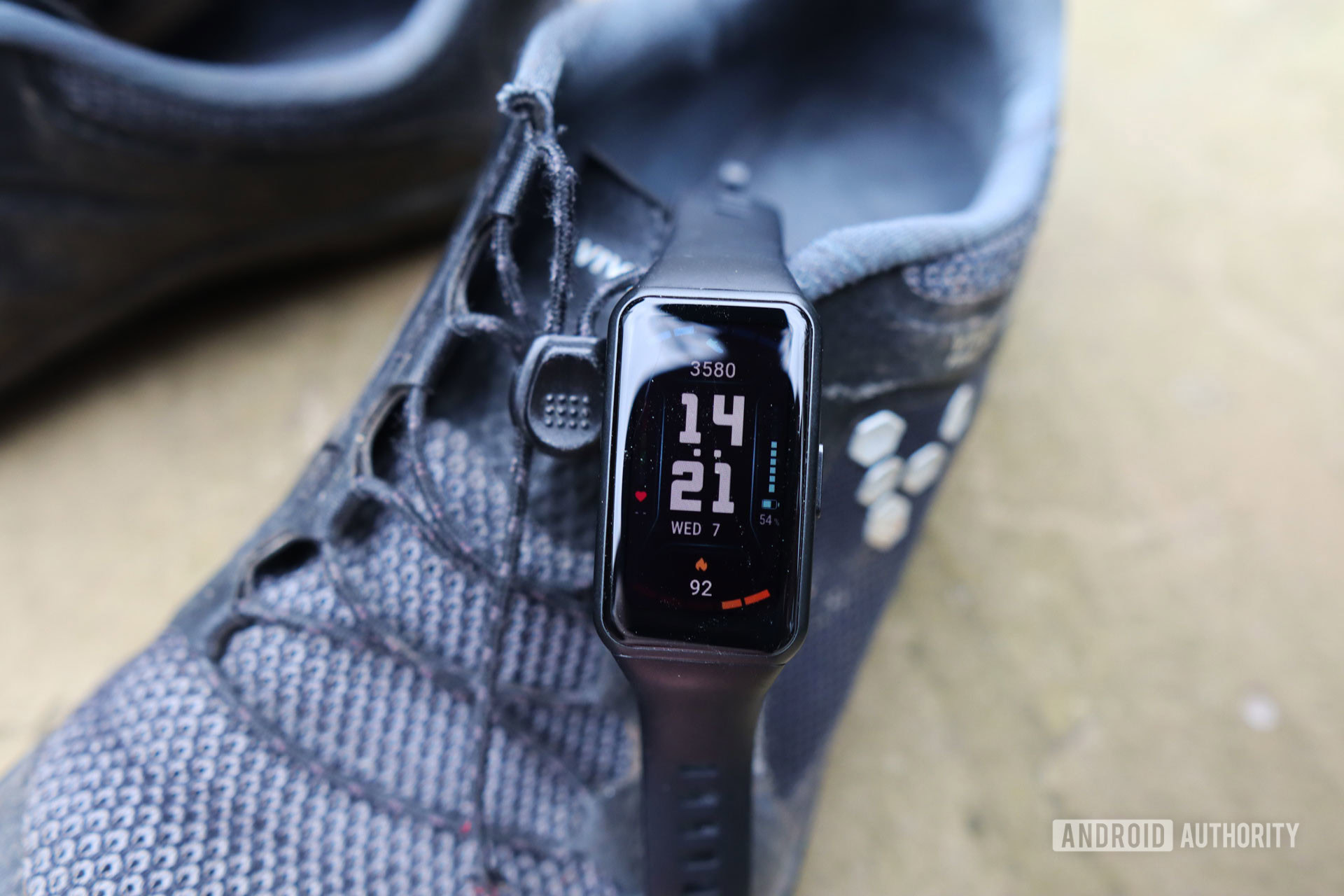
One open-ended variable is BMR. Your resting metabolic rate is dependent on countless factors that aren’t accounted for in this calculation, and not even a fitness tracker can take them all into account. One of the most significant factors is hormone balance. If you have a slow metabolism due to hypothyroidism, low testosterone, or any other condition, you won’t burn as many calories as other people. This won’t be reflected in your BMR or AMR.
Medication can also play a huge role. If you’re on testosterone replacement therapy (TRT), you’ll burn through calories in no time. Meanwhile, oral contraceptive pills can cause weight gain. Antidepressants, anticonvulsants, and countless other medications have similar effects. Gut health also plays a role, as do nutrient deficiencies, genetics, and much more.
Remember, calorie tracking is never a precise art.
Cutting calories isn’t the problem, per se. The issue is that calorie tracking is never a precise art. If you can’t seem to lose weight, you can always try cutting back your caloric intake further, but there does come a point where this is untenable. See your doctor about trying a different diet plan or increasing your exercise.
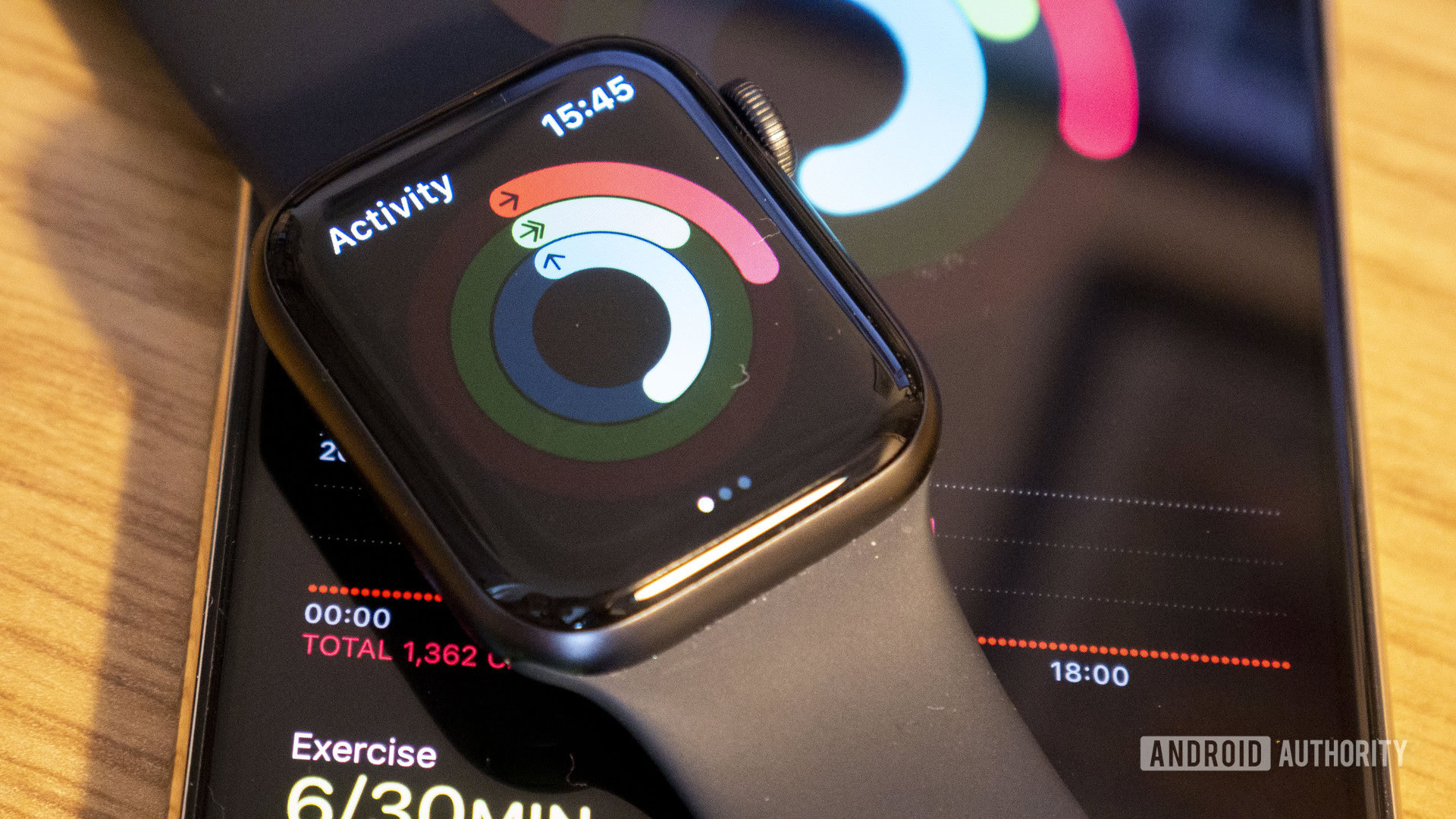
A final word of caution is not to consider calorie tracking as the be-all and end-all of health. Theoretically, you can lose weight by eating only donuts and never exercising, as long as you keep your deficit at a certain number.
Hopefully, you don’t need me to tell you that this is not a good idea. Food is not just fuel; it also provides the very building blocks that your body uses to build tissue, create enzymes, and fight infections. Therefore, a proper, balanced diet is vital. Likewise, the benefits of exercise go far beyond weight loss.
Learning how to track calories is one thing, but consider it just another tool in your arsenal. Although, with the right tracker and the right strategy, it can be an extremely effective one.